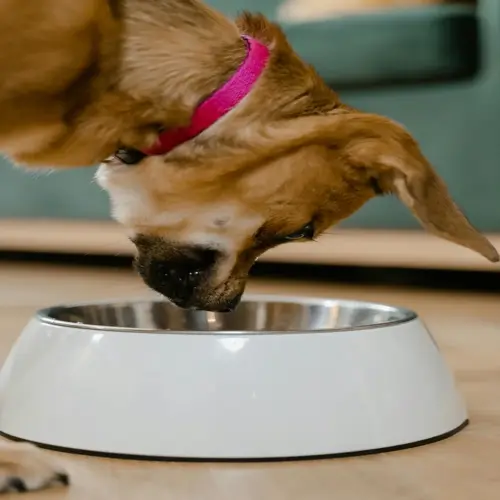What should I do if my pet gets stressed mid-flight?

Written by
Robert Brown
Reviewed by
Prof. Henry Webster, Ph.D.It's essential to recognize and address animal stress during flights. Signs of stress in pets are panting, whining, or excessive shaking. It is necessary to remain calm for yourself, as pets can sense their owner's anxiety. It is against the rules to open the carrier on the plane, so please refrain from doing so. Assess the situation first.
Immediate Response
- Cover carrier with breathable cloth to reduce visual stimulation
- Play calming music through carrier walls using headphones
- Offer ice cubes through mesh panels for hydration
- Apply pressure to carrier sides for gentle containment
- Avoid direct eye contact which may increase anxiety
Symptom Recognition
- Mild: Whining, trembling, excessive grooming
- Moderate: Heavy panting, drooling, refusal to eat
- Severe: Self-harm attempts, vomiting, loss of bladder control
- Brachycephalic-specific: Blue-tinged gums, collapse
- Species differences: Cats may freeze, birds pluck feathers
Crew Notification
- Alert attendants when symptoms persist over 20 minutes
- Provide pet's medical history if available
- Request cabin temperature adjustment if possible
- Ask about onboard veterinary professionals
- Prepare emergency contact information
Post-flight care starts right after disembarkation. Go to the less crowded areas of the airport. Offer small amounts of water in collapsible bowls. Test for dehydration by skin elasticity. Monitor breathing pattern for 30 minutes before moving. Do not feed for 4 to 6 hours after landing.
Emergency procedures are initiated in cases of extreme emergencies. The crew may administer oxygen through the carrier's oxygen outlets. Some planes do carry a kit for emergencies concerning animals. Diversion is only made in the event of a life-threatening emergency. Learn about the veterinary assistance programs of your airline. Be prepared to furnish veterinary names upon arrival.
By employing prevention measures, there will be fewer incidents during flight. Allow pets time to acclimate to their carriers several weeks before the flight. Apply pheromone sprays to the lining of carriers. Plan flight schedules around the normal sleep cycles of pets. Do not eat or drink for four hours before the flight. Verify with veterinarians concerning the administration of natural calming aids.
Capture stress patterns to refer to later, document where triggers happened, such as turbulence, descents, or adjustments in cabin pressure. Note how long the stress lasted and how your animal responded to interventions. Share your notes with your veterinarian. Reflect on the documentation to inform travel plans for subsequent trips.
Read the full article: Flying with Pets: Essential Guide for Safe Travel

